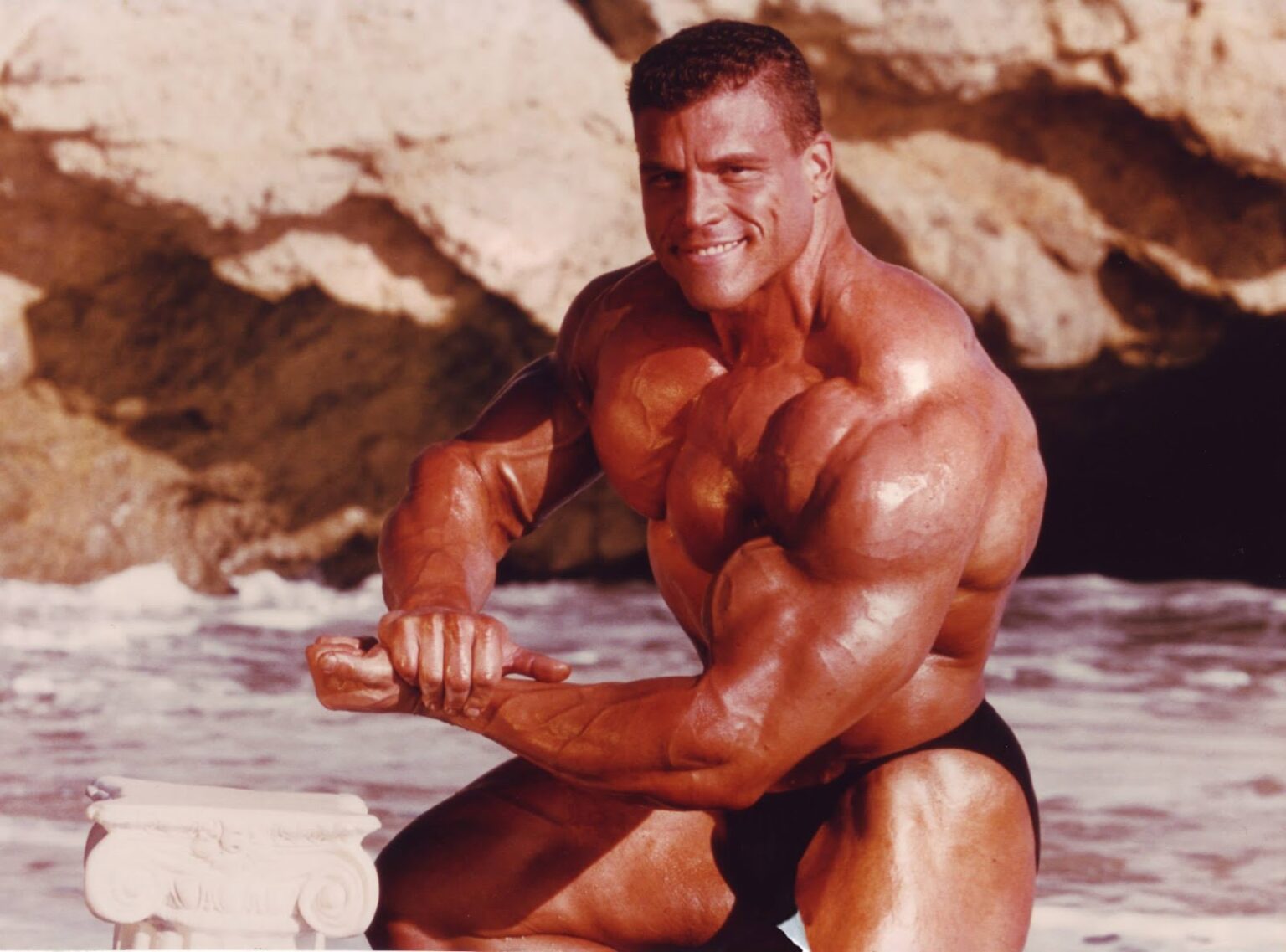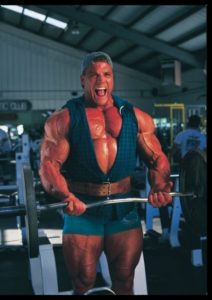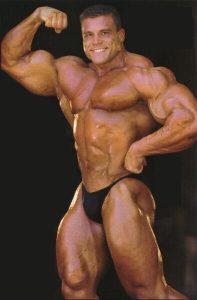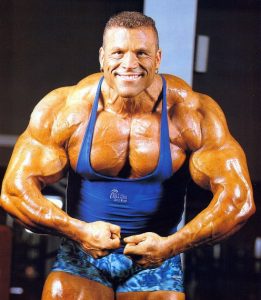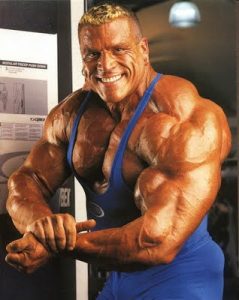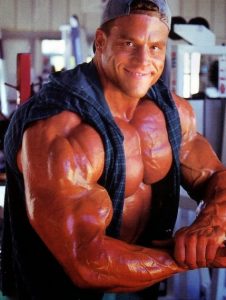Gregory Mark Kovacs was born on December 16, 1968 in the Canadian province of Niagara Falls, Ontario. The unique genetics, thanks to which Greg became the largest professional bodybuilder in history, got to him from his father, who also did not suffer from lack of volume and strength, with an increase of 185 cm he weighed 105 kg. And the great physical strength of his grandfather was legendary. Greg had been accustomed to hard physical labor on his father’s farm since childhood. In addition, he was fond of football, hockey, and even played in the national youth team of Canada in hockey. Here Kovacs first discovered for himself the strength training, which was part of the mandatory training program for hockey players. For the first time touching the iron, Greg realized that he likes strength training much more than hockey, and despite the persuasions of coaches, he left the team. At the age of 17, before bodybuilding, Greg already weighed 110 kg of pure muscles. And after a year of training, his weight increased to 136 kg. At the age of 20, Greg Kovacs already received a professional IFBB card, winning the 1996 Nationals tournament, which was held in Canada. This victory was the first and only in his life, he did not occupy the first places anywhere. Prior to this victory, Kovacs was a college student specializing in electrical network engineering, but after receiving the status of a professional, he dropped out of school, fully devoting himself to competitive bodybuilding. In June 1997, a photo of Greg Kovacs appeared on the cover of the magazine “FLEX”. Despite the fact that Greg competed little, yet he gained fame in the world of bodybuilding and became one of the most popular bodybuilders in the world.
Greg Kovacs is considered by many to be the largest and strongest professional bodybuilder in history. Some experts put him in second place after Victor Richards, who at an increase of 15 cm below had almost the same volumes. In the off-season Greg’s weight reached 165 – 190 kg, in competitive form he weighed 136-156 kg of “dry” muscles. Greg Kovacs strength indicators for his time were phenomenal, lying he was pressing 317.5 kg 2 times, standing he squeezed a barbell 225 kg above his head and squeezing 900 kg for 20 repetitions in a machine that was specially made for him. It is worth noting the information of a French publication, which wrote that both the strengths and anthropometry of Greg Kovacs were slightly exaggerated. For example, it was reported that he only pinched a 225-kilogram barbell at half-amplitude, in addition, in Smith’s simulator. Also, it was reported that in the strength of Kovacs’ legs conceded to Ronnie Coleman, who was kicking the machine in 1050 kg for 8 repetitions.
In addition to his unique genetics, Greg Kovacs achieved his monstrous dimensions thanks to the strength style of the training, which, incidentally, adhered to such mastodons as Dorian Yates and Nasser El Sonbati, who established a new mass standard. The intensity of Greg’s training was monstrous. Once Kovacs managed to meet with Yates, from whom he received many valuable recommendations on training. In some ways their views diverged, but in one they met completely: the real mass is given only by the power style of the training in a small number of sets and repetitions. Among the disagreements was the amplitude of the movements – Dorian Yates practiced full amplitude, and Greg Kovacs worked in a shortened one. Yates nevertheless convinced Greg of the advantages of working in full amplitude. This advice Dorian worked perfectly for Kovacs. Yates also recommended him to train on the same power circuit both in the off-season and before the tournament, achieving relief solely by manipulating the diet.
In the offseason, Greg Kovac ate 700 g of protein and 1 kg of carbohydrates per day. The daily norm of the protein he received from 2 kg of meat, 12 eggs and three portions of a protein shake daily. Greg received carbohydrates from potatoes, rice, oatmeal. Meals per day was 7.
The power style of the training made Kovacs a giant, but absolutely uncompetitive from the standpoint of aesthetics. Realizing that his genetics are more characterized by size and power than symmetry and aesthetics, in 2005 Greg Kovacs left the competitive bodybuilding. His last tournament was home “Toronto – Montreal Pro”. After leaving professional sports, Greg began to devote his time to business and coaching. He traveled a lot around the world, advertising sports nutrition firm “MuscleTech”, made his seminars in many countries around the world, including in Russia.
After the end of his career, life presented Greg many trials, the beginning of which was a divorce from his wife Kim, which had a very strong negative impact on him. Then on November 29, 2010, the bodybuilder was accused of extortion when the owner of the sports nutrition store reported that Kovacs was part of a group of people who demanded a large sum of money from him. As a result, Greg had to spend several months behind bars. After his release, Greg Kovac for a short time returned to the world of bodybuilding, but already as a journalist. Since April 2011, he wrote articles for the site rxmuscle. Greg had a good literary talent, his pen belongs to a large number of articles on bodybuilding and bodybuilders.
The first health problems in Greg began in 2008, when during a training session at one of Toronto’s fitness centers, he suddenly collapsed to the floor unconscious after performing his 200-kilogram weight presses and was taken to the Toronto hospital where he was for some time under the life support system.
At 9.50 am on November 22, 2013, Kovac’s life unexpectedly ended because of a heart attack. It happened at his home in Mississauga, Ontario. Some sources have erroneously reported that Greg died on 25 November. He left his parents and two sisters, Greg did not have any children.
Despite his size, Greg was a modest and friendly person with a great sense of humor.

